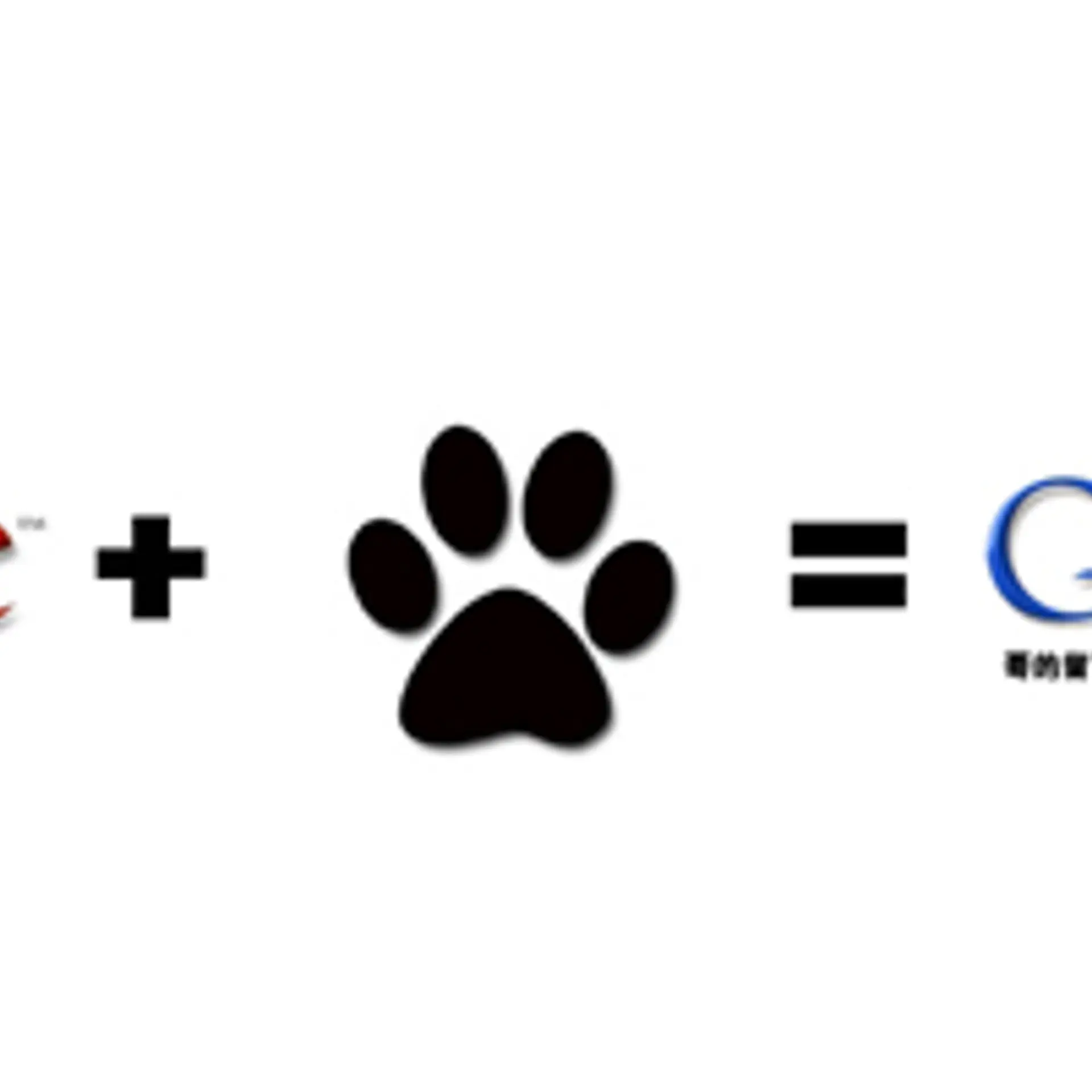

How the mobile internet has changed Indian business travel and what lies ahead
This is particularly true of the travel experience, where so much is now researched, organized and stored on our phones.
Last week marked the tenth anniversary of the iPhone going on sale. When you think back to the pre-smartphone days, it is amazing that we ever coped without these devices. Now when we hear a song we don’t know the name of, we click on Shazam, and get provided with a link to buy it on Spotify. If we want to count how many calories we are consuming, then MyFitnessPal has a database of over 5 million foods we can scan and learn about. Need a date for the night? Well, there are plenty of apps for that too, depending on your preferences. In fact, it is hard to think of any part of life where our smartphones can’t be of assistance.
This is particularly true of the travel experience, where so much is now researched, organized and stored on our phones. The Indian business travel market, like the rest of the world, has seen enormous technological changes thanks to the powerful computers we now carry in our pockets. In this article, we will look at how much has changed in the last 10 years, what exciting possibilities are around the corner, and how you as an individual or organization can get ahead of the curve and profit from the next stage of the mobile internet revolution.
According to the Global Business Travel Association, India is the world’s fastest growing business travel market, with double-digit growth expected to continue for the next few years. This is partly due to the increase in infrastructure spending on hotels, airports and roads, but is surely also made possible by the ubiquity and efficiency of most of us carrying around a smartphone which allows us to keep in touch with the office and with clients while on the move. There can be little surprise that apps related to travelling are among the most popular on both Apple and Android stores, with Google Maps being the fifth most accessed app in the world in 2015.
These days, so much of our business travel activities are centred around our phones, in ways we could hardly imagine a decade ago. The process often starts with booking a flight, where apps such as Skyscanner or Kayak can scan millions of connections in seconds and offer a selection based on speed, price or number of layovers. The Hopper app can even be set to track your desired route and alert you when the best price becomes available. You can then book it over a secure connection using your favourite VPN app and move on to the next step, which is your choice of accommodation. Here you have a wealth of options, from the hotel comparison apps such as Trivago and Booking to the private rental app AirBnB, which you may well sign into using your Facebook ID, whose app is also likely to be installed on your phone.
Next up, it’s time to book a cab, and whereas 10 years ago we would have used our smartphone to call a taxi company, whose number you painstakingly entered some time before, now we have the convenience of Uber and Lyft. Just enter where you want to go, accept the price, and within minutes a car will be sent to pick you up. There’s no need to even tip the driver at the other end, so you can avoid carrying around a pocket full of change. That’s also useful when you buy a bottle of water before checking in, as you can use the Apple Pay or Google Wallet apps to pay for it with just a tap of your phone against the card terminal.
If you are lucky, you can just check in using the emailed ticket on your phone, go through the security check and use your LoungeBuddy app to see if you qualify for the airport’s business lounge. Here in the lounge you can see what is perhaps the most visible effect of the smartphone revolution on the Indian travel experience. Whereas a decade ago most people would be reading a book or doing a crossword, now we are using our smartphone for both business and leisure purposes. From watching the latest goals of Messi and Ronaldo to catching Pokémons to video chat with our friends and families, so much of our waiting times in airports or train stations can be made more entertaining with the help of the right app. Thanks to recent innovations in mobile casino gaming, it’s now even possible to enjoy games such as poker and slot machines while on the move.
It’s only when it’s time to board the flight that our always-connected experience has a brief pause, but even then, we can use apps with offline modes such as Dropbox or Evernote to check on documents and notes before our meetings. Once you land it’s time to turn Airplane mode off and use Uber once more to get to your hotel, using your e-booking to check in, and perhaps Google Maps to find your way around your chosen destination. Your receipt for dinner in a local restaurant can be easily turned into a travel expense using the Concur app, and you can rate the meal using TripAdvisor, and if you like to show off, you can photograph it and upload it to Instagram.
When meeting clients, you can use productivity apps such as Trello or KanbanFlow to collaborate and make efficiency savings for all concerned, and when it comes to sealing the deal, DocuSign has you covered.
There is no doubt that the last decade of the smartphone has revolutionised how we experience business travel. However, the future might be even more exciting, as our smartphones start to interact with other smart services powered by Artificial Intelligence (AI) to create smoother journeys with less time spent hanging around airport halls and more time being productive. What’s more, while individuals have embraced the agile, always connected world of apps, travel departments in companies have not fully taken advantage yet (paywall). The companies which embrace this change first are set to take advantage of the new reality. Let’s look at what changes might be coming next to the Indian business travel market, and what your firm can do to gain the upper hand.
We do know that airports are already starting to experiment with sensors to track the flow of passengers, to identify bottlenecks within the terminal building and deploy staff to deal with issues. Meanwhile, airlines will send you an email or text message to inform you of any delays. However, with access to travellers’ positions thanks to the GPS device on their phones, the next big thing will be for airports and airlines to track the movements of us individually. If we are going to be late for our flight, our airline may decide to automatically rebook us on the next available one. And if we can somehow get all our apps working together – perhaps with a master travel app – then why can’t our car rental agency or taxi service be informed of the delay too and rebook accordingly? For that matter, our hotel booking could also be modified.
Is this the kind of seamless travel we wish to enjoy in future? A lot will depend on our appetite for privacy and the trade-off with efficiency, but given how much of our private data we already hand over to the likes of Google for the sake of convenience, the chances are that it will be a price we deem to be worth paying. For business people who are travelling at company expense, this kind of omnipotent oversight might even become mandatory, given the costs it could save travel managers.
And it is in the realm of corporate travel management where the next stage of the smartphone app revolution will likely occur. Right now, travel departments are run with oppressive rigidity, where there are atomised limits to expenditures such as hotels, flights and taxis. With travel managers reluctant to give employees too much control over purchasing decisions, many employees feel dissatisfied with their business travel experience, which can lead to poor retention of the best performers. This is particularly a problem for large corporates, whose travel policies may run to 50 or more pages, and which do more to dissatisfy those who follow the rules, than control those who flout them.
However, with the development of new smartphone apps which promise to integrate and streamline the process of getting from A to B and back again, forward-thinking companies can set expenditure at a more general level and let the AI take care of the rest. This would allow individuals more latitude to book flights, hotels and other expenses, knowing that the app will be there to oversee the process and stop total expenses from getting out of hand. Most probably, travel departments will need less staff, leading to significant cost savings.
It is likely that apps developed by travel companies such as airlines, hotel groups and taxi firms will soon integrate with apps designed to take care of companies’ business travel needs and dramatically increase the efficiency and productivity of business travel. We look forward to the next stage of the smartphone revolution with interest.






